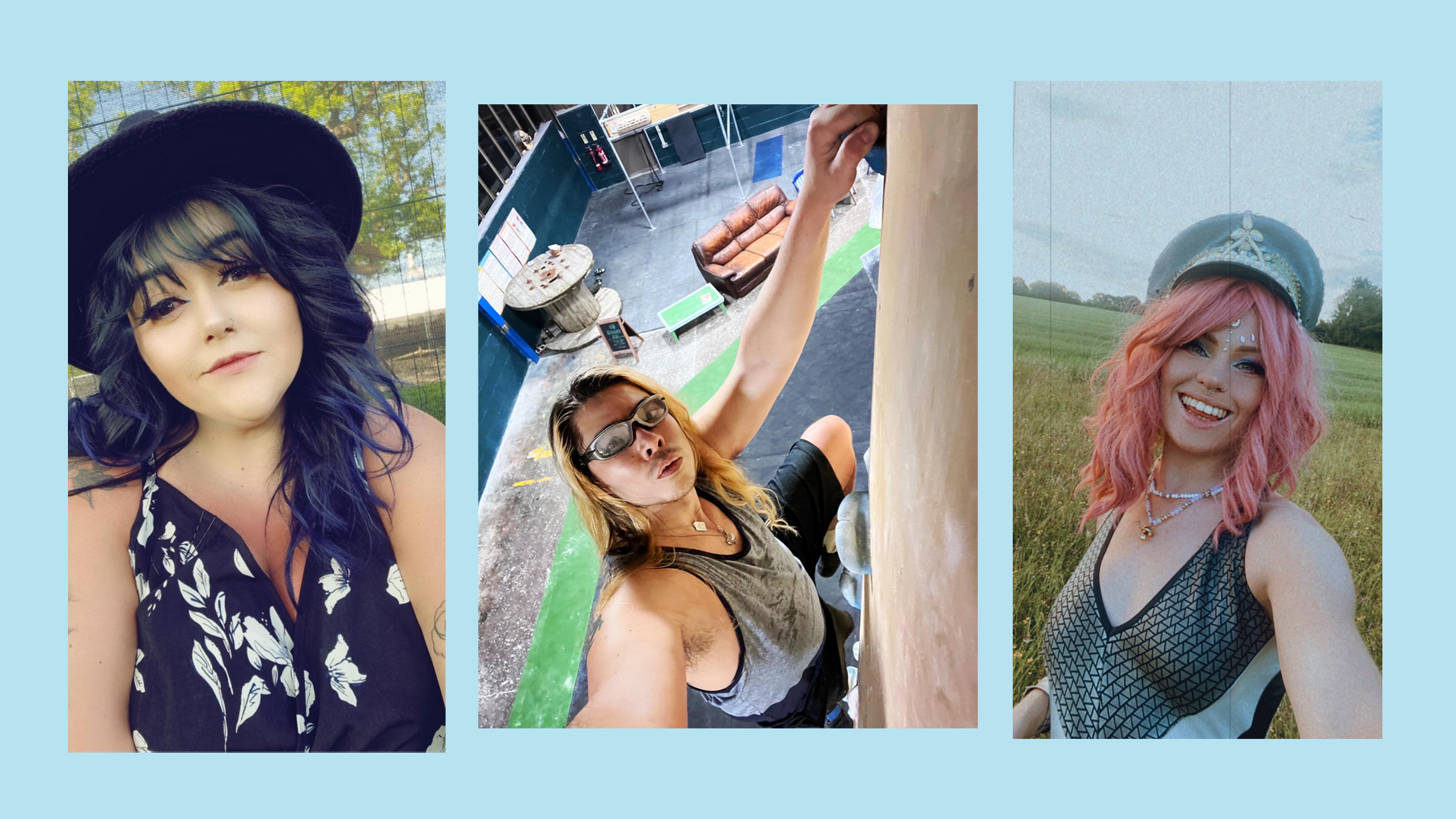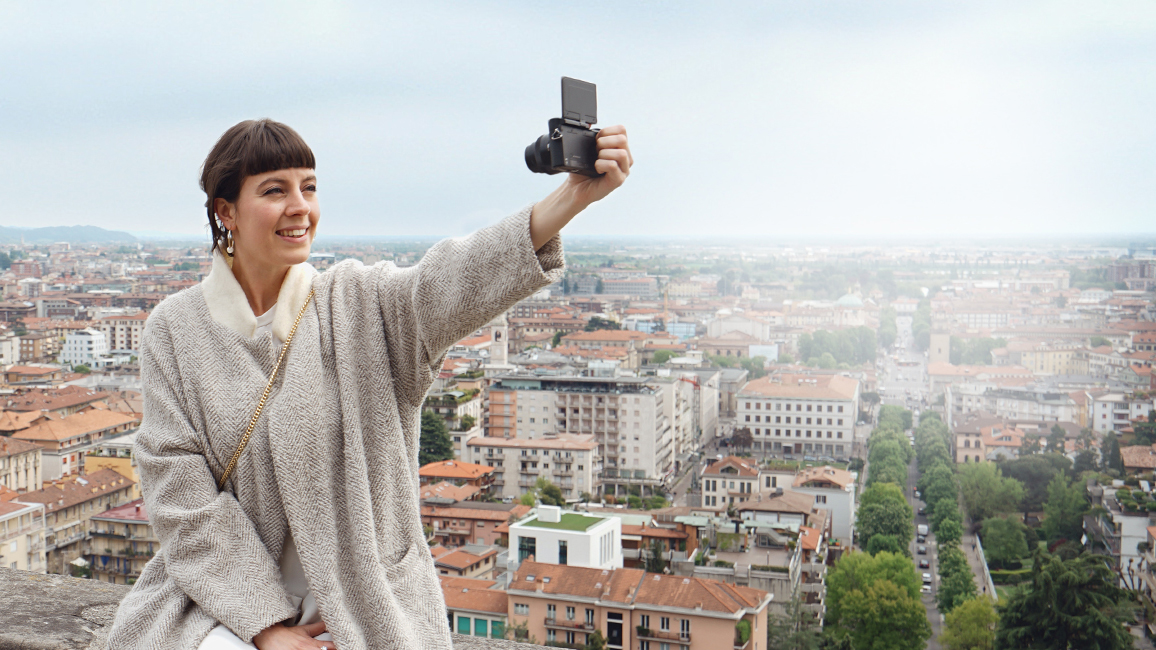Is it a selfie or a self-portrait? The debate continues on UK's National Selfie Day
The ritual of sharing selfies is a relatively new phenomenon, but how do they differ (if at all) to self-portraits?

June 21 marks a special day for photography enthusiasts and social media aficionados, as it is National Selfie Day. This annual celebration has gained immense popularity in recent years, as it highlights the cultural phenomenon of capturing self-portraits using a smartphone. While some may argue that a selfie is simply a modernized version of a self-portrait, there are distinct differences between the two art forms.
A selfie, in its simplest form, is a photograph taken by yourself, usually using a front-facing camera or a compact camera. You could use a DSLR or mirrorless camera, but you’d need a wide-angle lens and a relatively short focus distance or have it attached to a selfie stick.
Selfies have become a dominant mode of self-expression in the age of social media, enabling individuals to control how they present themselves to the world. Selfies more often than not are spontaneous and casual, with the tendency to capture a specific moment or emotion, although we've all been guilty of taking far too many to get our best angle.
Self-portraits, on the other hand, are a deliberate artistic creation that involves more thought, planning, and skill. You might need to invest in a tripod or a remote trigger to take one, so there is a little bit more to it than your standard selfie. Historically, self-portraits were painted, drawn or photographed by creatives who wanted to express themselves in a very specific way. Meticulously composed, they often depict the artist's likeness, personality, and artistic style.

Self-portraits have been used throughout history as a means of self-reflection, self-analysis, and self-exploration, and are the basis of some photographers' main body of work – such as photographers Samuel Fosso and Cindy Sherman, arguably among the most influential self-portrait photographers. They enable artists to express their inner thoughts, emotions and creative visions in a profound and engaging manner.
While both selfies and self-portraits capture the essence of self-representation, selfies tend to focus on the immediate moment, while self-portraits delve deeper into the artist's psyche. Selfies can be attributed to the intention of sharing and gaining attention, while self-portraits are more commonly viewed as a personal, introspective art form. But whether you love a selfie or taking a self-portrait, you can’t argue that both mediums have their place in the world.
National Selfie Day encourages individuals to embrace their self-expression and creativity through the art of the selfie. It celebrates the democratization of photography and the power of the individual's unique perspective. Whether it's a spontaneous smile, a striking pose or a creative use of filters, selfies have become a modern language for self-communication.
Get the Digital Camera World Newsletter
The best camera deals, reviews, product advice, and unmissable photography news, direct to your inbox!
So, grab your smartphones, strike a pose, and join the millions around the nation as they celebrate National Selfie Day, capturing their self-expression one shutter click at a time.
If you're taking a selfie, make sure you're using one of the best selfie cameras or one of the best camera phones.

Having studied Journalism and Public Relations at the University of the West of England Hannah developed a love for photography through a module on photojournalism. She specializes in Portrait, Fashion and lifestyle photography but has more recently branched out in the world of stylized product photography. Hannah spent three years working at Wex Photo Video as a Senior Sales Assistant, using her experience and knowledge of cameras to help people buy the equipment that is right for them. With eight years experience working with studio lighting, Hannah has run many successful workshops teaching people how to use different lighting setups.
